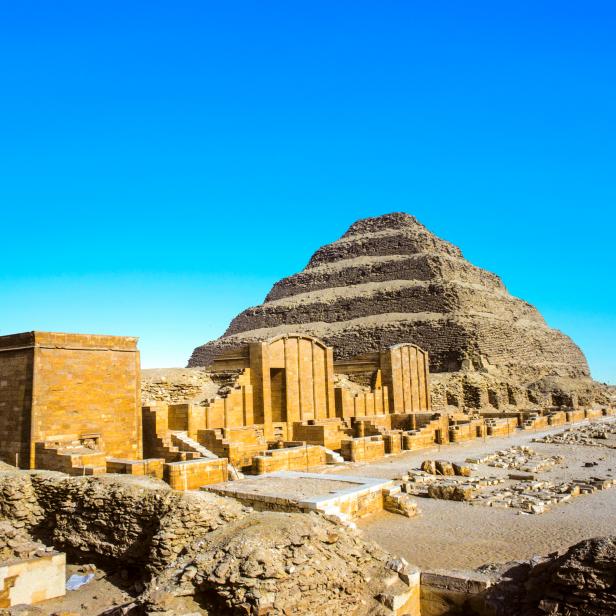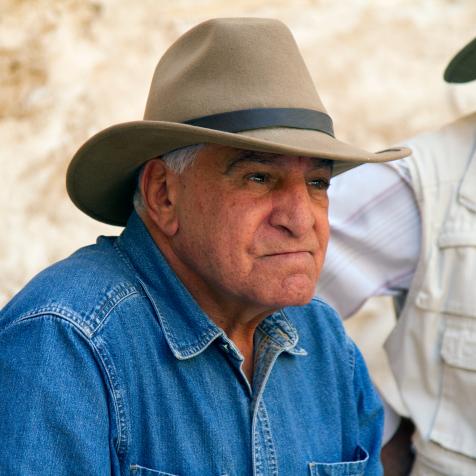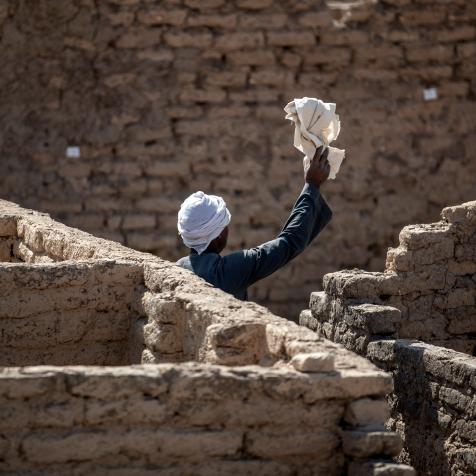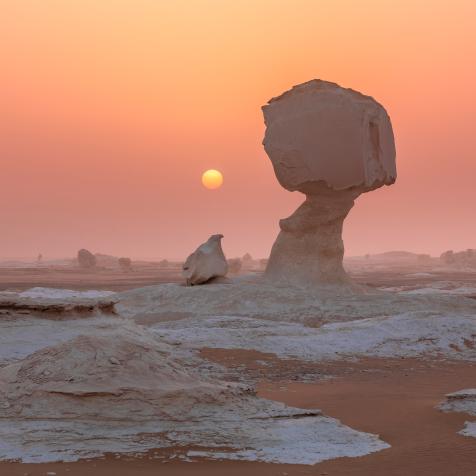
Meinzahn
Archaeologists Have Discovered Ancient Egyptian Treasures – That are 2,500 Years Old
Archaeologists have unearthed a treasure trove of ancient Egyptian artifacts – dating back 2,500 years – including bronze statues, mummies, and hieroglyphics documents that are rumored to be verses from the Book of the Dead.
The stunning discovery has excited history buffs around the world, and happened at the famous necropolis of Saqqara, near Cairo, Egypt. A total of 250 coffins and 150 bronze statues were found, as well as amulets, and a well-preserved papyrus written in hieroglyphics.

Glowimages
Close-up of an artifact in Saqqara, Egypt
Statues of the gods Anubis, Amun, Min, Osiris, Nefertum, Isis, Bastet, and Hathor were found, as well as a headless statue of the architect Imhotep, who built the Saqqara pyramid. Imhotep, who lived in the third millennium BC, and was the chief architect of Pharaoh Djoser, built the Djoser step pyramid, one of the earliest pyramids in ancient Egypt. He “revolutionized architecture” in the ancient world, Mostafa Waziri said and was later deified as the god of medicine.
Egypt’s Ministry of Tourism and Antiquities said that the objects that were found dated to the Late Period, which is around 500BC.
Visitors riding camels in Giza Pyramid Complex
The Saqqara site is part of a sprawling necropolis at Egypt’s ancient capital of Memphis that includes the Giza Pyramids and the smaller pyramids at Abu Sir, Dahshur, and Abu Ruwaysh. The ruins of Memphis were designated a UNESCO World Heritage site in the 1970s.
Mostafa Waziri, head of Egypt's Supreme Council of Antiquities, told reporters that the artifacts included bronze vessels used in rituals of Isis, the goddess of fertility in ancient Egyptian mythology. Wooden statues of Nephthys and Isis from an earlier period were also found, both with gilded faces, as well as a collection of cosmetics, including kohl containers, as well as bracelets, and earrings.
The Pyramid of Djoser (or Djeser and Zoser), or Step Pyramid, is an archaeological site in the Saqqara necropolis, Egypt, northwest of the city of Memphis
The coffin that contained the hieroglyphic papyrus was sent to the laboratory of the Egyptian Museum in Cairo for study, and experts will be able to determine whether it is part of the Book of the Dead. The papyrus is estimated to be nine meters (9.9 yards) long. The Book of the Dead is an ancient funerary text, which consisted of religious and magical spells to assist a person’s journey through the Duat - the underworld - and into the afterlife. There is no one Book of the Dead, rather the name refers to a collection of texts that were written by many Egyptian priests over a period of about 1,000 years. The texts would be placed in the coffin or burial chamber of the deceased, alongside various artifacts and treasures. The text would be illustrated with illustrations depicting the deceased individual, and their journey into the afterlife. The first-ever Book of the Dead text was discovered by Sir EA Wallis Budge in 1888 and was written by Ani, an Egyptian Scribe, in around 1250 BC. It currently resides in the British Museum.
The recently discovered artifacts are to be moved to a permanent exhibit at the new Grand Egyptian Museum, a new institution that is still under construction near the famed Giza Pyramids outside Cairo. Officials hope that the new museum, in addition to archaeological discoveries of recent years, will help revive the country's vital tourism industry.

















